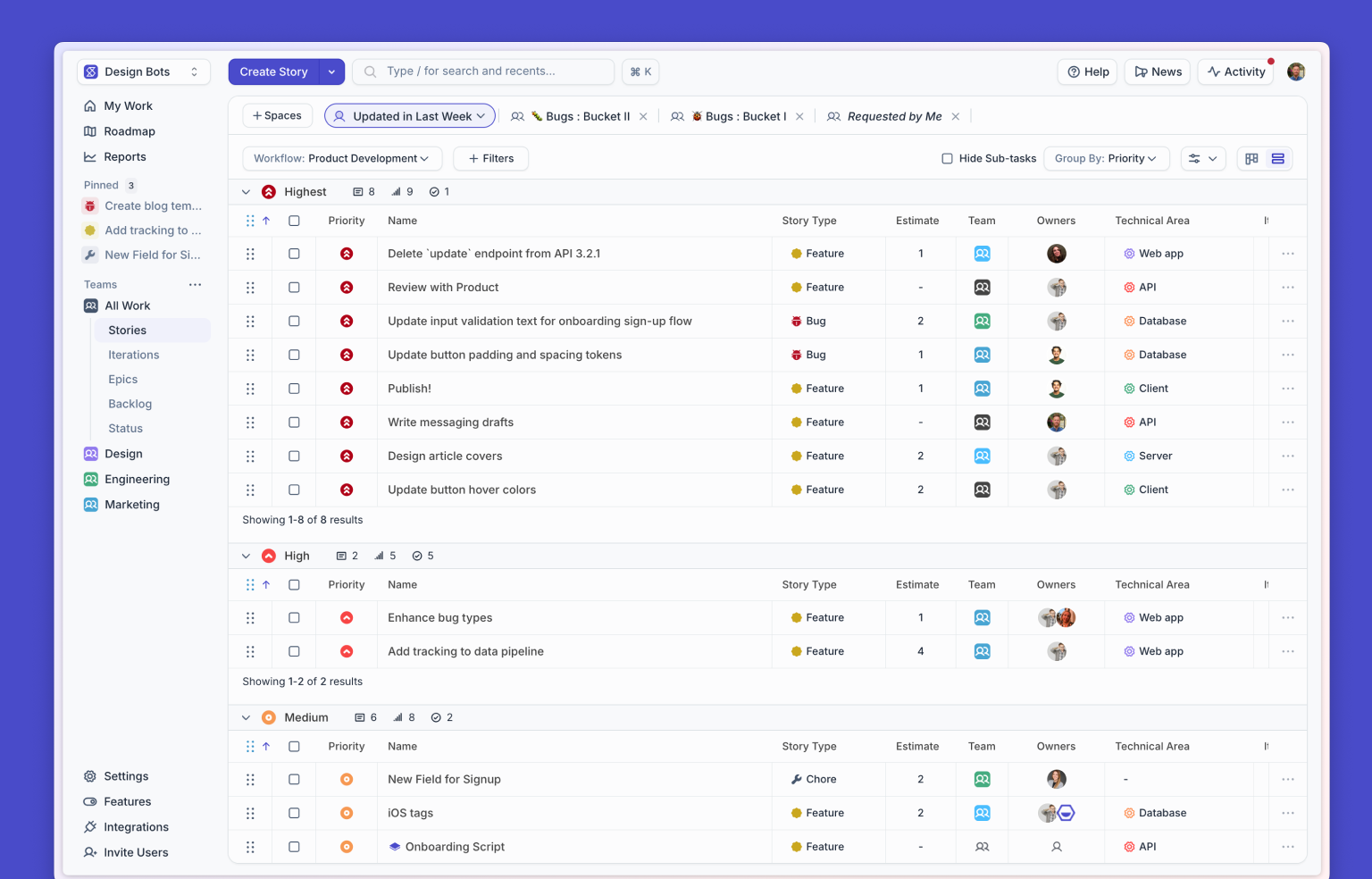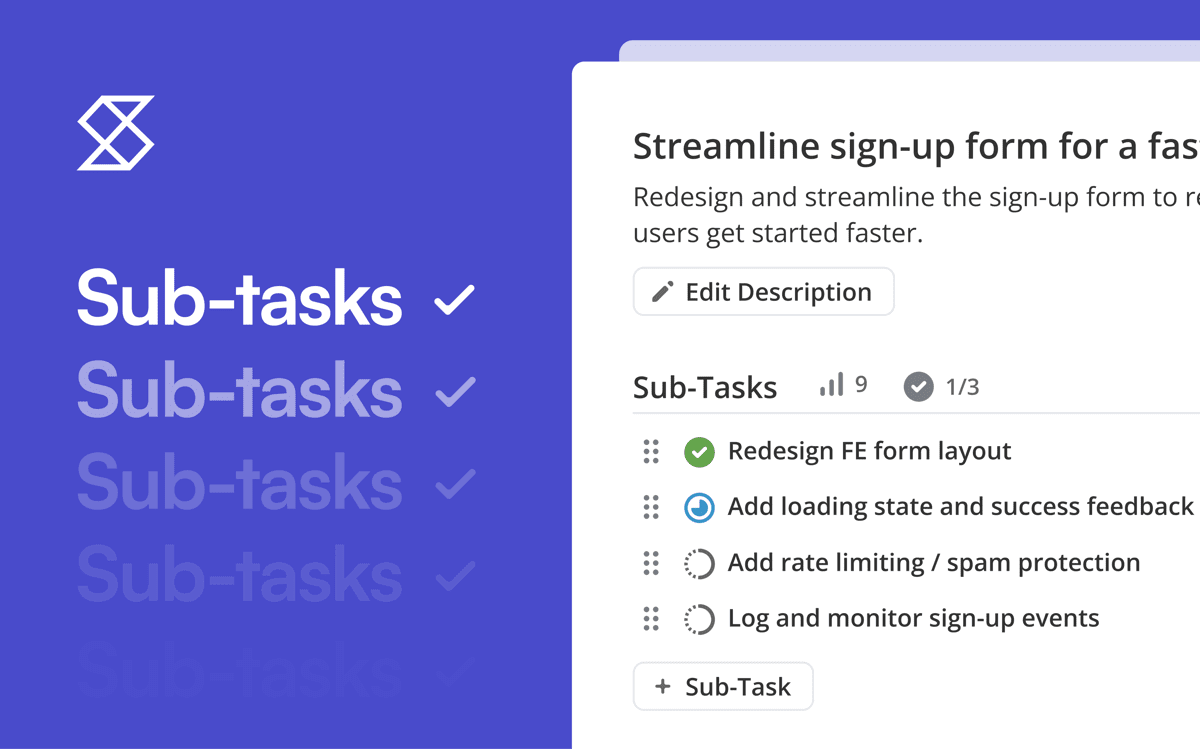Sure, we put the “can” and kanban (or even the khan in canban), but what about the scrum in scrumban?
Let’s dive into kanban, scrum, and the marriage – or shortcut – of these two words in the land of agile software development, issue tracking, and working smarter as opposed to working harder.
Kanban
True to its manufacturing origins - we’re talking 1960s Toyota cars here - today’s kanban system uses an assembly-line approach to move work along a queue of tasks according to priority.

If you’re reading this article, you probably aren’t making cars, or physically moving pieces of paper around - you’re probably building software.
So let’s talk about that. Software teams - along with their entire organizations - use kanban boards to enable various teams and key persons to work on high-priority tasks, address issues, and reduce backlogs using everyone’s time and flow of work as wisely as possible.
Read more: The software developer’s guide to choosing the right kanban software
Kanban board users drag and drop tasks and synergize their to-do lists to ensure efficient workflow management.
This is what the kanban board looks like in Shortcut:

What’s so good about kanban boards?
- A virtual kanban board is accessible from - you guessed it - virtually anywhere.
- It’s easy to share attachments and links in a kanban board.
- Status updates are immediate on the task board.
- Schedule meetings or wait for email responses? Why, no need.
- The kanban methodology is effective in tracking deliverables and workflows across teams.
- Remote teams can collaborate efficiently with teamwork.
- Kanban boards easily integrate with Gantt charts and other visual project management tools for synergistic workflow operations and reporting.
Sure, there is usually a learning curve.
Some kanban tools in particular may not be so easy to use, especially for non-technical team members.
To that end, keep in mind that your issue tracking tool shouldn’t be a four letter word (cough Jira). It should be easy to use, and even add a little joy to your day no matter what amount of work you have.
Depending on your management style and expectations, the kanban methodology is a good fit for your development team if:
- You want to organize your team’s current tasks and customize workflows
- You want to use it to improve key metrics - anything from managing lead times to launch or reducing backlogs
- You’re in agile software development, where efficiency and adaptability are key
Scrum
Scrum is a lightweight framework that can easily be applied to multiple types of projects.
With scrum, Iterations consist of short sprints, where the goal is to prioritize building the most important features first. This kind of lean thinking reduces waste so that scrum teams can focus on the essentials.
Transparency, inspection, and adaptation are the three main pillars of scrum methodology:
- Transparency: processes and work must be visible
- Inspection: everyone on the team completes a sprint review to correct undesirable variances
- Adaptation: adjustment period
The Scrum Master
Teams that use scrum are led by a Scrum Master during each Sprint. At the end of the Sprint, there is a Sprint retrospective to implement any needed changes.
Essentially, the Scrum Master is responsible for creating an environment where:
- A product owner orders the work for a complex problem into a product backlog.
- The engineering team turns a selection of the work into an increment of value during a Sprint.
- The team and its stakeholders inspect the results and adjust for the next Sprint.
- Rinse & repeat.
Scrumban
Scrumban. Yes, it’s a thing.
In Scrumban, work is organized in small iterations and monitored with the help of a visual board: enter the yes-you-kanban.
So, scrumban merges the structure and predictable routines of Scrum with Kanban’s flexibility to make teams more agile, efficient, and productive.
Planning meetings are held to determine what User Stories to complete in the next iteration, and said Stories are then added to the board for the team to complete, working on as few Stories at a time as practical.
To keep Iterations short, work-in-progress limits (WIP limits) are used, and a planning trigger is set to know when to start planning again, when the work in progress falls below a predetermined level. There are no predefined roles in Scrumban; the team keeps the roles they already have.
Scrumban in Shortcut
Shortcut is flexible, which means there’s no need to choose between scrum vs kanban. You can instead feel free to mix and match between both methods, for all cross-functional teams.
We Shortcuteers practice a mix of both, using Iterations to plan and Kanban views to visualize our work. Give it a whirl for yourself by signing up for a free trial.

















%20(788%20x%20492%20px)%20(1).png)
.png)

